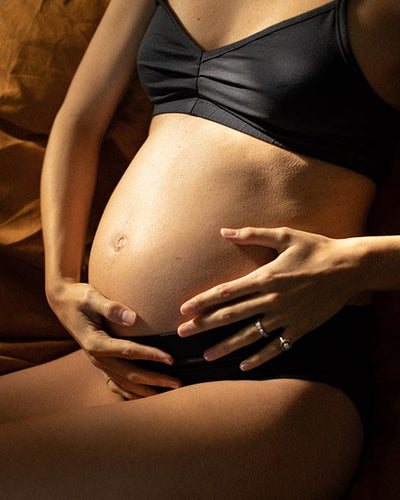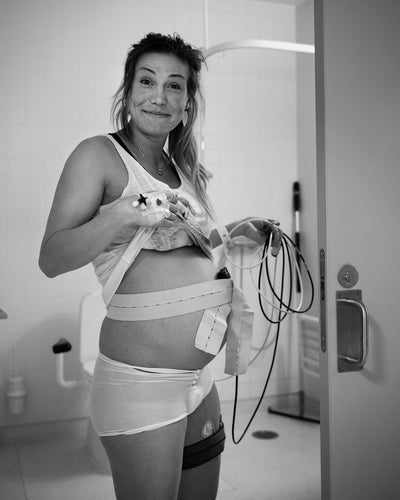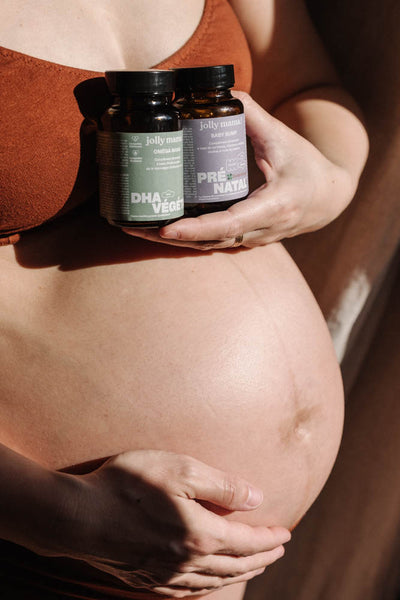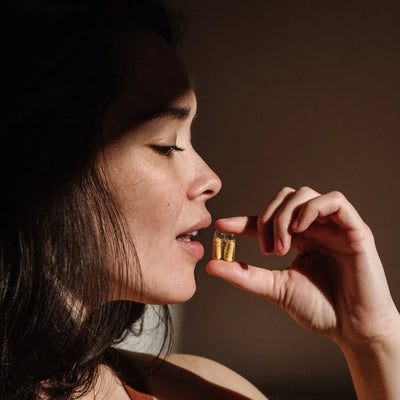Le soutien est un facteur négligé mais pourtant très important.
Les études qui montrent une diminution de la durée de l’allaitement pour les femmes ayant eu une péridurale regardent les résultats à 6 semaines voire 6 mois. Or après la sortie de l'hôpital, de nombreux nouveaux facteurs peuvent venir troubler le tableau de la réussite de l'allaitement, par exemple le manque de soutien social, la présence de frères et sœurs, ou la nécessité pour la mère de reprendre le travail.
De nombreuses études n'ont pas pris en compte d'autres facteurs susceptibles d'influencer la réussite de l'allaitement, tels que les pratiques hospitalières en matière de soutien à l'allaitement, la disponibilité de lait infantile et le moment de l'initiation de l'allaitement après l'accouchement.
Un environnement hospitalier fortement favorable à l'allaitement (par exemple, le recours à des consultants en lactation) peut être en mesure de compenser, au moins partiellement, les effets négatifs potentiels de la péridurale sur l'allaitement.
























